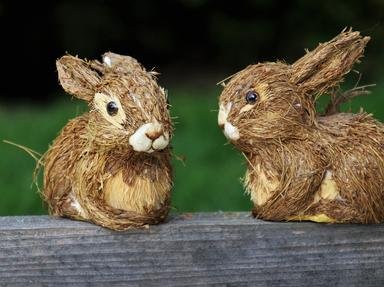Quiz Answer Key and Fun Facts
1. The letter "aleph", from which the Greek "alpha" is derived, meant "ox" in what ancient language of the Mediterranean region?
2. First isolated from ox bile, taurine is an organic compound commonly found as an ingredient of what popular products?
3. A winged ox or bull is the symbol of which of the four Evangelists, venerated as the patron saint of artists and physicians?
4. A stunning fresco depicting a bull-leaping scene was found in the 1920s in which famous archaeological site, located on an island?
5. Nicknamed "The Ox", influential bassist John Entwistle was a member of which high-energy British rock band?
6. Named after the implement used to hold a yoke in place, what kind of geographical feature is an oxbow?
7. What iconic Italian automakers have a tradition of naming their cars after Spanish fighting bulls?
8. The coat of arms of which city, Lithuania's second-largest, depicts a white aurochs bull with a golden cross between its horns?
9. What kind of fruit (or vegetable?) has a variety known as "cuore di bue" (oxheart) because of its shape?
10. What great 20th-century American author and Nobel Prize winner wrote "Death in the Afternoon", a non-fiction book dedicated to the Spanish tradition of bullfighting?
Source: Author
LadyNym
This quiz was reviewed by FunTrivia editor
agony before going online.
Any errors found in FunTrivia content are routinely corrected through our feedback system.

